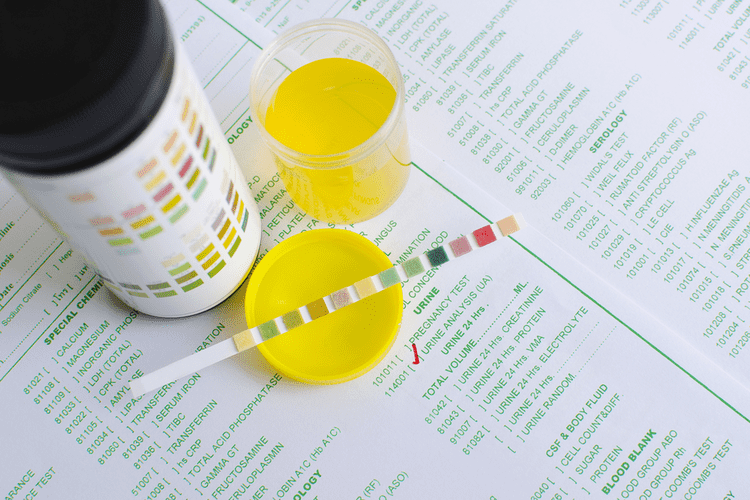Aggression combined with impaired judgment and impulse control can be a recipe for road rage incidents. You may experience some loss of judgement after just two drinks, while significant impaired judgment occurs at a BAC of .08%. You may also experience a decline in your http://www.kinoexpert.ru/index.asp?comm=5&kw=3788 self-control and reasoning at this level of intoxication. Once your BAC is at .05%, you’ll have a slower response to emergency situations behind the wheel. If a car in front of you suddenly stops, for example, you may not hit the brakes in time if you’re impaired.
- On average, at least 11 percent more motorists wear safety belts in States with primary safety belt laws (i.e., 80 percent compared with 69 percent in other States) (NHTSA 2003c).
- If all States adopted these countermeasures, which have been shown to reduce alcohol-related motor vehicle crash injuries and deaths, it is possible the United States would again experience declines in alcohol-related deaths and injuries.
- The National Highway Traffic Administration reports that over 30 people die daily in alcohol-involved crashes and that one person is killed every 45 minutes due to alcohol-impaired drivers.
- That’s a total of 13,524 people who died in alcohol-impaired driving crashes in one year.
- Safe driving requires focus, coordination, good judgment, and quick reactions to the environment.
- The combination of the work not only highlights the importance of interdisciplinary collaboration, but also provides actionable insights for policymakers striving to make the roads, and young drivers, safer.
Neuropsychopharmacology: Official Publication of the American College of Neuropsychopharmacology

The greater decline in alcohol-related traffic deaths among 16- to 20-year-olds is in part attributable to the adoption of age 21 as the legal drinking age, which occurred in all States by 1988. A review of more than 49 studies of changes in the legal drinking age revealed that in the 1980s and 1990s when many States lowered the legal drinking age, alcohol-related traffic crashes involving drivers under 21 increased 10 percent. In contrast, when States increased the legal drinking age to 21, alcohol-related crashes among people under 21 decreased an average of 16 percent (Shults et al. 2001). The average recidivism rate among those who did not receive treatment was 19 percent over a 2-year period. Treatment strategies that combined punishment, education, and therapy with followup monitoring and aftercare were more effective than any single approach for first-time and repeat offenders (Wells-Parker et al. 1995). Forty-nine States have laws requiring front seat motor vehicle occupants to wear safety belts.
- Not to sound like an after-school special, but drinking and driving don’t mix.
- Inpatient and outpatient treatment programs are available across the country.
- That’s why planning ahead, making personal rules about drinking and driving, knowing your transportation alternatives, and always having a few plan B’s in your mind can help ensure you never get behind the wheel after you’ve been drinking.
- For example, in Alabama, if you are a first offender with a blood alcohol content of .15% or more, your license will be suspended for 90 days, and you will need to install an ignition interlock device for 2 years.
- The 95% confidence level is the standard against which statistics are typically tested.
Explore other topics in Risky Driving

In the United States, roughly 28 people die every day in motor vehicle crashes that involve an alcohol-impaired driver. Alcohol-related accidents accounted for nearly one-third of all traffic-related deaths. More than 1.1 million drivers were arrested for driving under the influence of alcohol or narcotics in 2014. Prevention campaigns in the United States began in earnest in the early 1980s (2). Back then, drunk driving accounted for about half of all crash fatalities in the nation. Today, alcohol impaired drivers are still responsible for nearly 30 percent of motor vehicle deaths (3).
Penalties for Minors Convicted of DUI
In all states, your sentence will include the loss of driving privileges for a period of time, even for a first-time DUI conviction. Some states offer a hardship license that allows you to drive to work or school during the time your https://claw.ru/a-rings/LordoftheRings/Index2.htm license is revoked or suspended, but your driving privileges will still be drastically curtailed. Blood alcohol concentration (BAC) determines not only how drunk you feel, but whether you’re legally considered too impaired to drive.
How alcohol affects driving ability
Drinking can cause blurred vision and, in some cases, uncontrolled eye movements. Vision impairment affects the ability to judge distances https://www.chad-caleb.info/page/86/ between vehicles on the road. Alcohol abuse can lead to a loss of peripheral vision, which is crucial for safe driving.
Mathematical model aims to curb teen drunken driving fatalities


